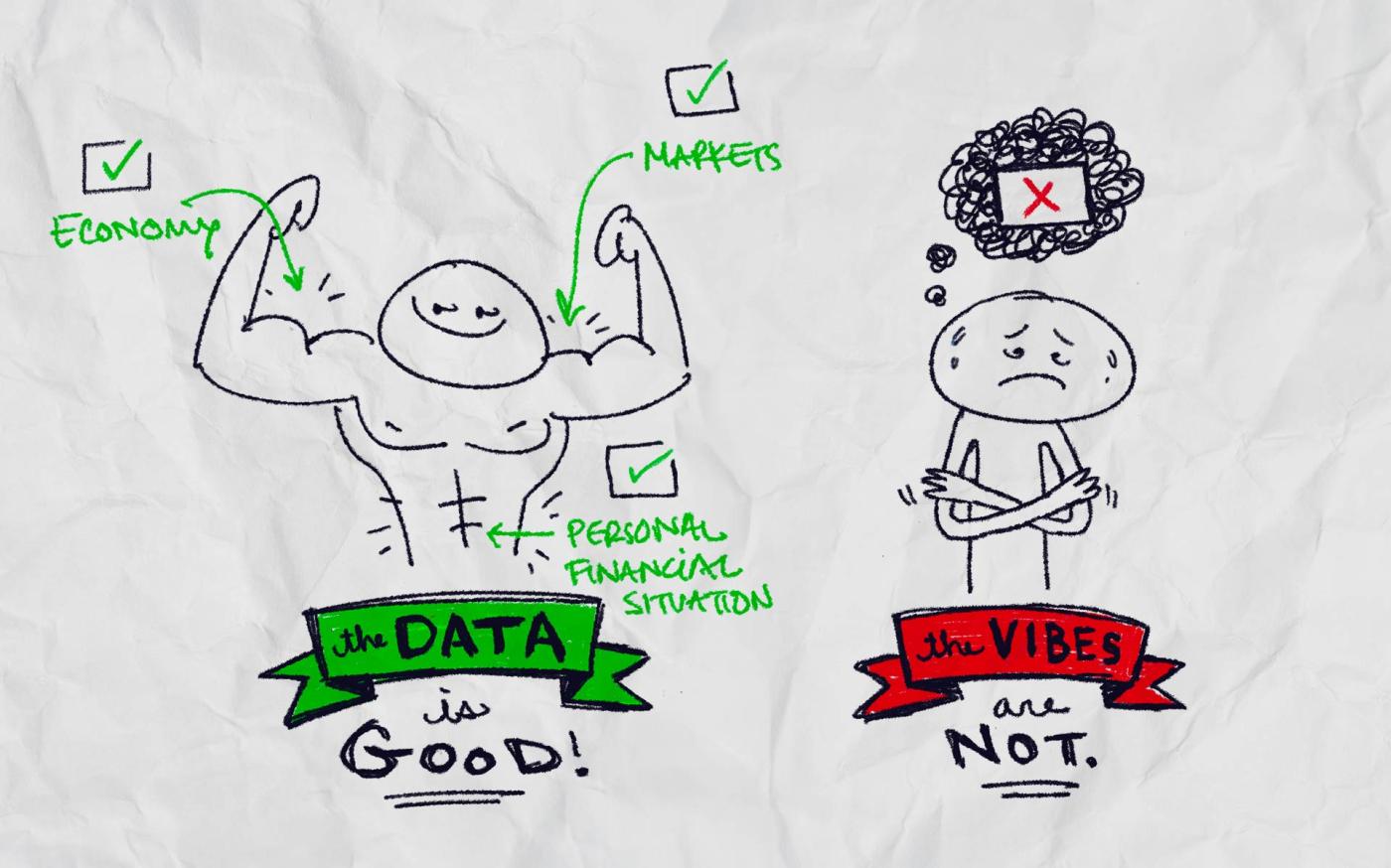
Pennie & Retirement
As financial planners, we have a lot of conversations about retirement. One question that we love to ask is “When do you plan on retiring?” We hear many different answers, but the two most common are at age 65 or never.
The idea of quitting work and living on savings is daunting. Add to that the unknown cost of health insurance, and folks just plan on age 65 because this is when Medicare starts.
In Pennsylvania, retirees may have more health-care options than they might have thought. In 2010, the Affordable Care Act (ACA) was signed into law. This changed the way that health care was accessed by individuals and early retirees. In 2020, Pennie went live in Pennsylvania. Pennie is the Pennsylvania Health Insurance Exchange. Why does the ACA matter to retirees? When you go to the exchange to apply for insurance (or go through a licensed broker), they ask about your income. If your modified adjusted gross income (MAGI) is below 400% of the federal poverty level, you can qualify for a tax credit (subsidy) that pays part of your health-care premium. You won’t find your MAGI anywhere on your tax return; it is a calculation that is made up for the ACA.
It is important that your financial planner, accountant, and health insurance representative work together to make this number work for you. It is important how you structure your income distributions if you retire early and use Pennie.
Let’s look at an example.
Mr. and Mrs. Smith are both 60 years old and want to retire. They want to figure out how much they will pay for health care. Mr. and Mrs. Smith need ~$120,000 of gross income (before taxes) per year to live comfortably. They have retirement accounts worth $1.5 million and after-tax investments and savings worth $1 million. In this scenario, they decide to pull money from their retirement accounts. They go to the Pennie website to calculate their cost of insurance. They plug in their ages and use a MAGI of $120,000. They choose the UPMC Advantage Gold $1,000/$10 Select Network
plan (assuming 2022 plan rates). That plan’s cost is $1,437/month. Normally, a MAGI of $120,000 wouldn’t qualify for a subsidy, but due to a provision in the American Rescue Plan, they qualify for a subsidy of $550/month in 2022. They
will pay $887.28 instead of the full cost. (Due to the Inflation Reduction Act, the situation in 2023 will be similar to that in 2022.) If Mr. and Mrs. Smith take $60,000 from their retirement accounts and draw down $60,000 from their other savings and investments (assuming no capital gains), their subsidy goes up to $1,044/month and their premium goes down to $393/month for the same plan.
These are just a couple of examples of how a person’s income distribution can impact the cost of health care. If Mr. and Mrs. Smith spend some time planning for their future cash flow, they may be able to decrease the cost of insurance even further. It is important to note that interest, dividends, and capital gains on the taxable accounts count toward MAGI.
This example has been simplified to show the difference in premiums and subsidies. It is important that you work with a tax professional, a health insurance expert, and a knowledgeable advisor to devise a plan that reduces
the cost of health care.
Author: Brian Hill, CFP®, Managing Partner/Advisor
Note: information is accurate at the time of publication, October 2022.


